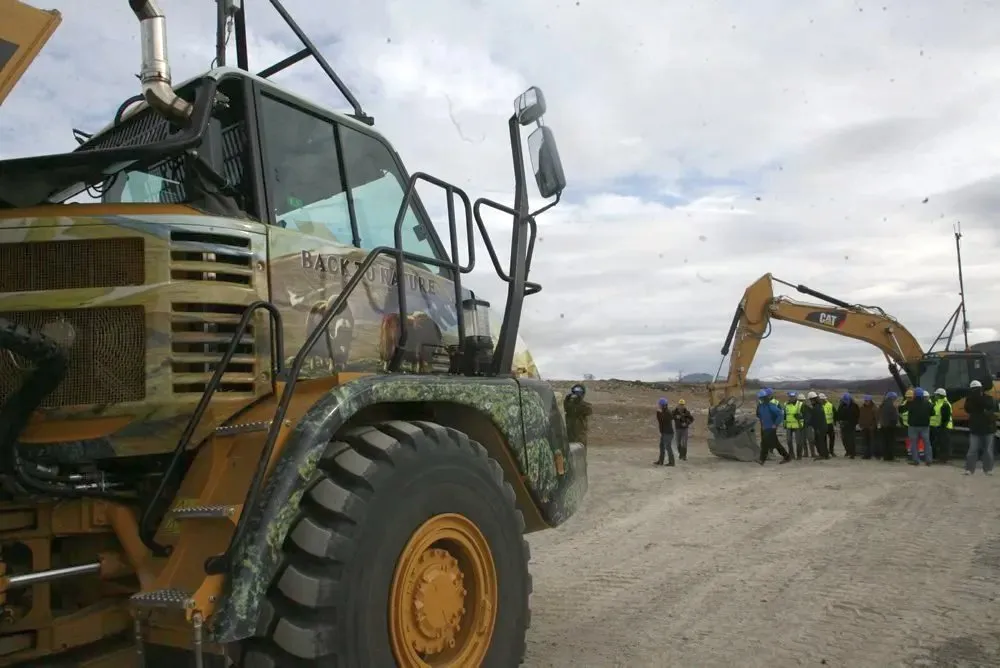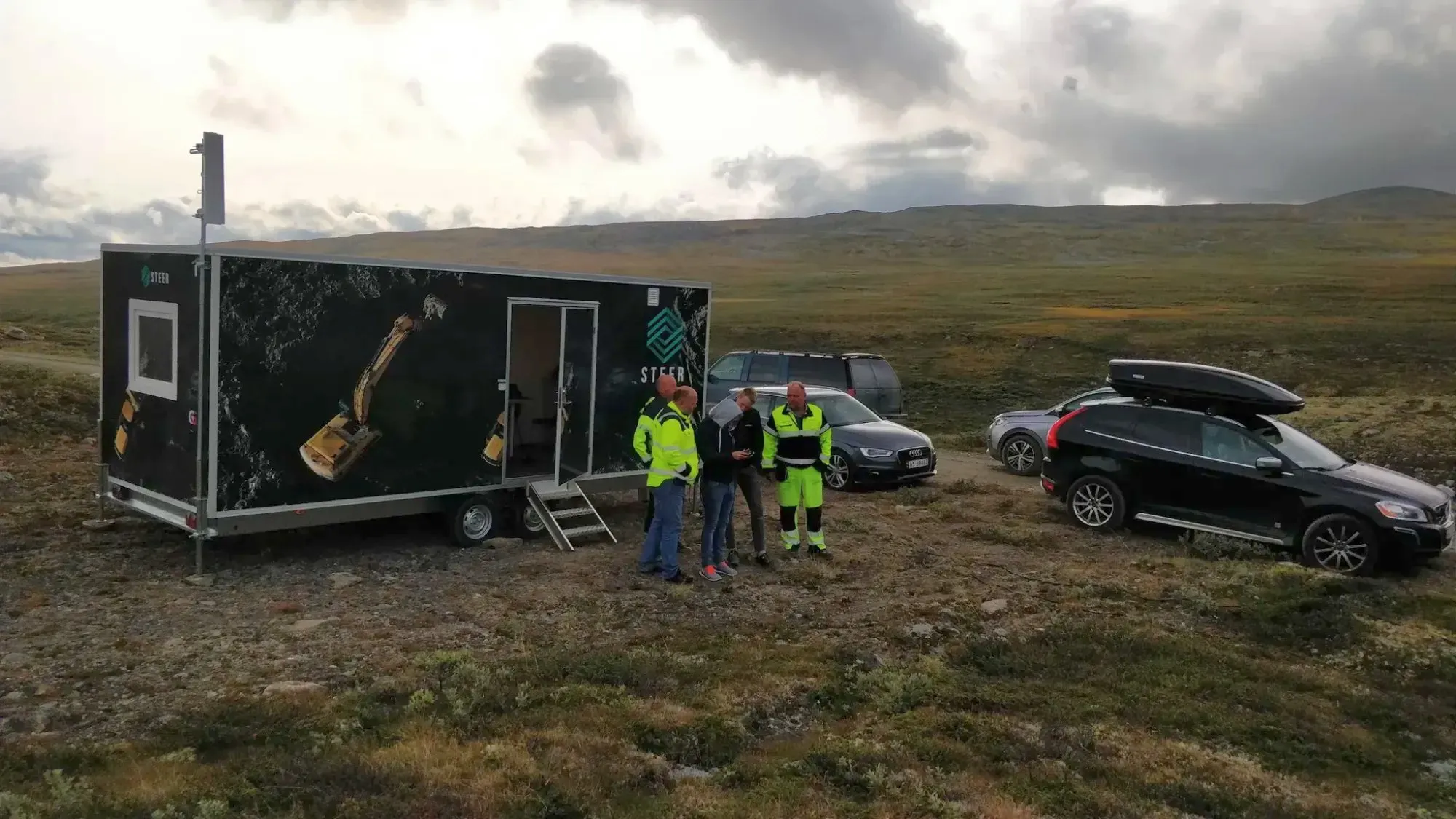Client: Norwegian Defence Estates Agency (Forsvarsbygg)
Location: Hjerkinn, Dovre, Norway
Status: Completed
Project Period: 2006–2021

.webp)
The rehabilitation of the former Hjerkinn military shooting range in the Dovre mountains represents one of Norway’s most extensive and technically demanding environmental restoration projects. Commissioned by the Norwegian Defence Estates Agency (Forsvarsbygg), the mission was to return more than 165 km² of high-altitude mountain terrain to pristine natural condition after decades of artillery exercises and military training.
Steer and Gjermundshaug played central roles in the operation, deploying remote-controlled and semi-autonomous machinery in challenging environments where the presence of unexploded ordnance (UXO / UXB) posed severe risks. Due to the lack of 4G or 5G cellular coverage, communication and control relied on robust long-range Wi-Fi systems, enabling remote operations up to 2–3 km away. All communication and control infrastructure in the field was powered by off-grid solar energy systems, ensuring self-sufficient operation under remote conditions.
Strict safety protocols required a minimum distance of 1,000 meters between personnel and remotely operated machines. This combination of environmental sensitivity, safety demands, and advanced operational techniques made the Hjerkinn project a benchmark for future autonomous operations in civil engineering.
Established in 1923, Hjerkinn served as a key training ground for the Norwegian Armed Forces and allied nations for over 80 years. The area was used for:
Artillery training with self-propelled howitzers such as the M109, using live high-explosive shells.
Armored exercises involving tanks like the Leopard 1 and Leopard 2.
Air force bombing runs with F-16 fighter jets dropping various munitions including cluster bombs and general-purpose bombs.
Infantry and cavalry exercises using a range of small arms and anti-tank weapons.
The long history of live-fire exercises led to a significant presence of UXO, including artillery shells, mortar rounds, air-dropped munitions, and practice bombs.
.webp)


UXO clearance in collaboration with EOD teams
Excavation and transport of contaminated or disturbed soil
Crushing and redistribution of materials on-site
Restoration of topography and water flow
Replanting of native vegetation and rewilding of terrain
Deployment of remote-controlled excavators and semi-autonomous dumpers
Long-range Wi-Fi systems for machine control (range: up to 3 km)
Solar-powered communication and control systems for field autonomy
Advanced GPS-based positioning systems (early-generation RTK-GNSS)
Area Restored: Approx. 165 km²
Mass Handled:
120,000 m³ removed and revegetated at HFK plateau
250,000+ m³ handled in surrounding sectors
Total documented volume: 370,000+ m³
UXOs Removed: Over 4,500 unexploded shells safely neutralized by armed forces and Steer
Scrap Metal Cleared: More than 550 metric tons
Vegetation Reestablished: Up to 9,000 native plants introduced
Remote Control Range: 2–3 km via Wi-Fi
Safety Buffer: 1,000-meter exclusion zone during active operations
Connectivity: No cellular coverage (0G zone)
Power Supply:Off-grid solar power systems for communications and telemetry
.webp)